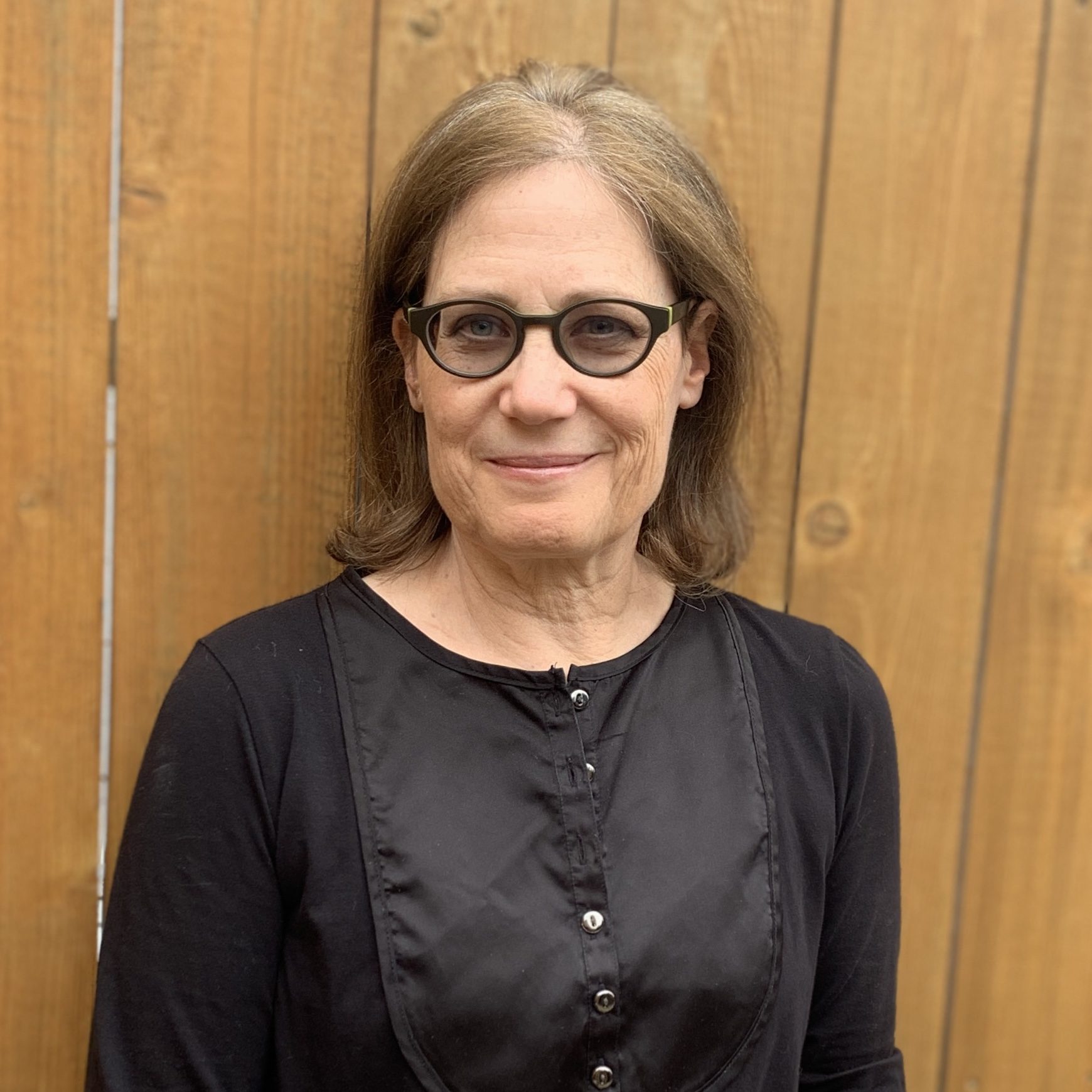Senior communities are adapting to keep residents safe and engaged
As the COVID-19 pandemic continues to wreak havoc, staff at Chicago’s senior living communities are adapting to keep residents safe and to provide engaging care in the age of the coronavirus.
With the ongoing threat, care communities are doubling down on infection controls as well as offering new ways to engage residents. The changes they are making will last during the pandemic and long afterward.
Infection control
Combatting the spread of the coronavirus starts with vigorous infection control. Senior communities have ramped up cleaning protocols, restricted visitors, and introduced wellness checks for employees, caregivers and residents.
To keep older adults safe in their apartments, communities have installed sanitizing stations and stepped up daily disinfecting regimens.
“We have changed a lot of the ways that we do our day-to-day routine here to disinfect the community and try to keep everybody safer,” says Katie Fagan, director of the Artis Way Experience at Artis Senior Living of Lakeview.
Emphasizing engagement
Maintaining social distancing among older adults is difficult. From bridge games to chair yoga to happy hour, residents are often together in groups. Robust group activity schedules have given way to more solitary activities during the COVID-19 era.
Research suggests that social engagement helps maintain thinking skills and slows cognitive decline as people get older, according to the Global Council on Brain Health. During this time of social isolation, senior communities have looked for ways to keep residents safely engaged, intellectually stimulated and physically active.
“We have encouraged residents to focus on meditative and relaxing activities,” says Erika Keegan, executive director of Brookdale Lake Shore Drive,* a senior community on Chicago’s North Side. “We have adult coloring books, puzzles and art projects available for use. [Some residents] are participating in poetry exchanges and creative writing exercises and sharing memoirs.”
At Villa St. Benedict, a senior community in Lisle, the staff has implemented hallway bingo and sing-alongs, with residents standing in front of their doorways up and down the hall, socially distant but close enough to sing together. The community offers exercise classes in small, socially distant groups, and staff members encourage residents to take safe walks outside on the large campus.
TV talk
Ascension Living, which has 18 communities in Illinois, uses closed-circuit TV to bring bingo, exercise and spiritual programming to residents, says Molly Gaus, senior director for marketing and communications.
Closed-circuit TV has also played an important role at The Carrington at Lincolnwood, making programming easy to access for residents. “We have a channel that is dedicated to communicating with all of the residents who live at The Carrington,” says Rick Taylor-Onstott, director of life enrichment. “Through that, we upload videos, we send announcements, we play games. We have made it extremely easy.”
Though the in-house TV channel started about a year ago, the staff has been using it more frequently to host activities and improve communication. “It has been a lifesaver, an absolute lifesaver,” Taylor-Onstott says.
All in the family
Maintaining interaction with family members is crucial and can be difficult for residents to manage on their own. Villa St. Benedict has developed a system to help families and residents keep in touch when they cannot be physically present for one another.
“Families sign up for a video call, and their family member comes down to a designated area. When they get there, their family is already on the video and they can see them,” says Phyllis Kramer, Villa St. Benedict director of sales and marketing. Staff members clean the area between calls, and there is no waiting in line. Other communities bring devices to residents’ rooms for family calls, taking care to disinfect them between uses.
“We have encouraged residents to focus on meditative and relaxing activities, we have adult coloring books, puzzles and art projects available for use. [Some residents] are participating in poetry exchanges and creative writing exercises and sharing memoirs.”
While these measures are important, they don’t substitute for face-to-face time with family members.
“[My parents] were in complete lockdown in their apartment for a couple of weeks,” says Benjamin Ticho, MD, a Chicago-area physician whose parents are in a memory care community in the northern suburbs. “The staff is walking them around the facility, but they just don’t have that much time available.”
Lessons for future
Lessons that care facilities are learning now will aid them in the future, regardless of how the pandemic progresses in fall and winter.
Communities have learned that it’s important to take care of staff members as well as residents. Employees need to be healthy, rested and informed to function effectively, says Brookdale’s Keegan.
“One takeaway from this experience would be just how important taking care of associates is to resident wellbeing,” she says.
Gaus of Ascension adds, “Every day is a learning experience, so being flexible and open to change has become a top priority.”
Taylor-Onstott of the Carrington has discovered something else. “You’re always going to have the residents who don’t want to leave their apartments, even when they can. We’ve learned how we can really tune into those residents who don’t want to come down for happy hour or the concert or the party,” he says. “We now know that we can broadcast it and touch every single person who lives in our building.”
